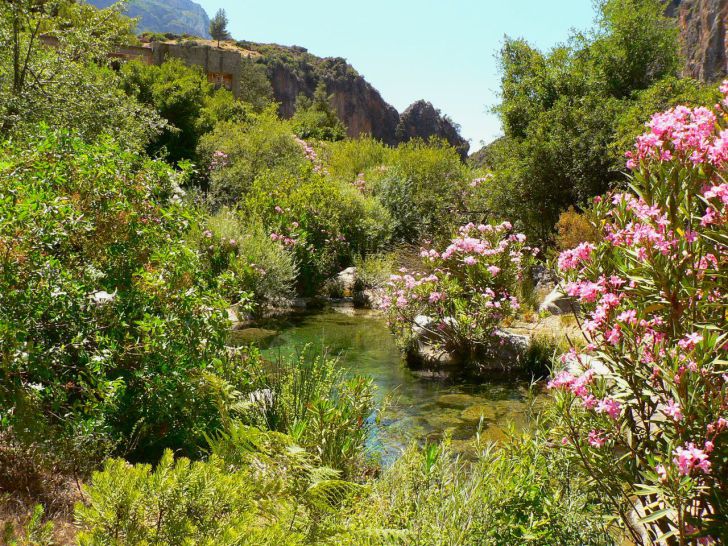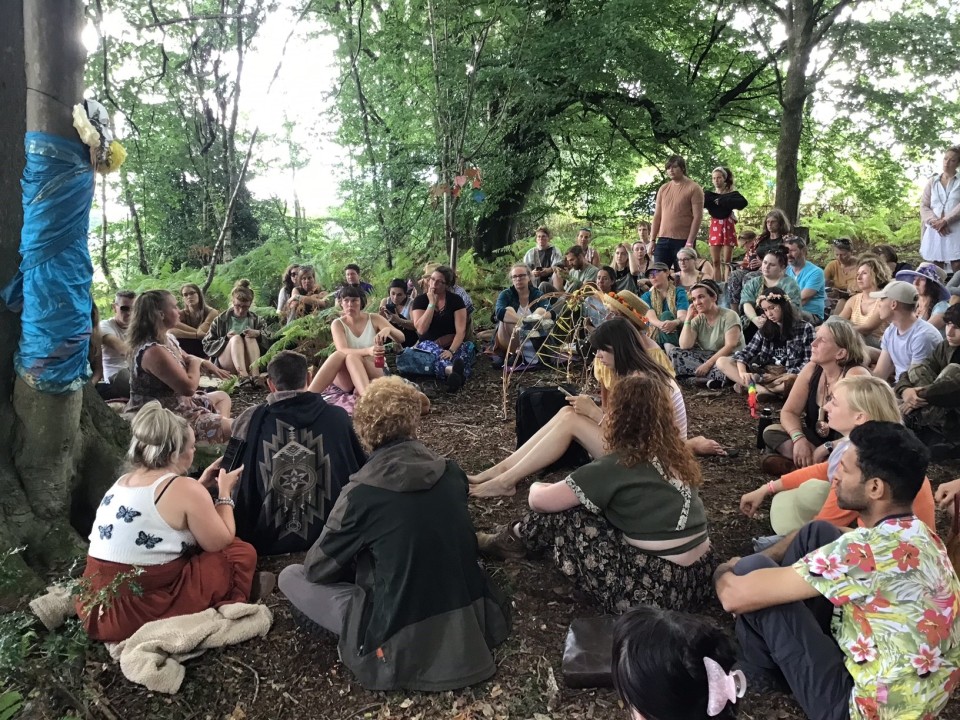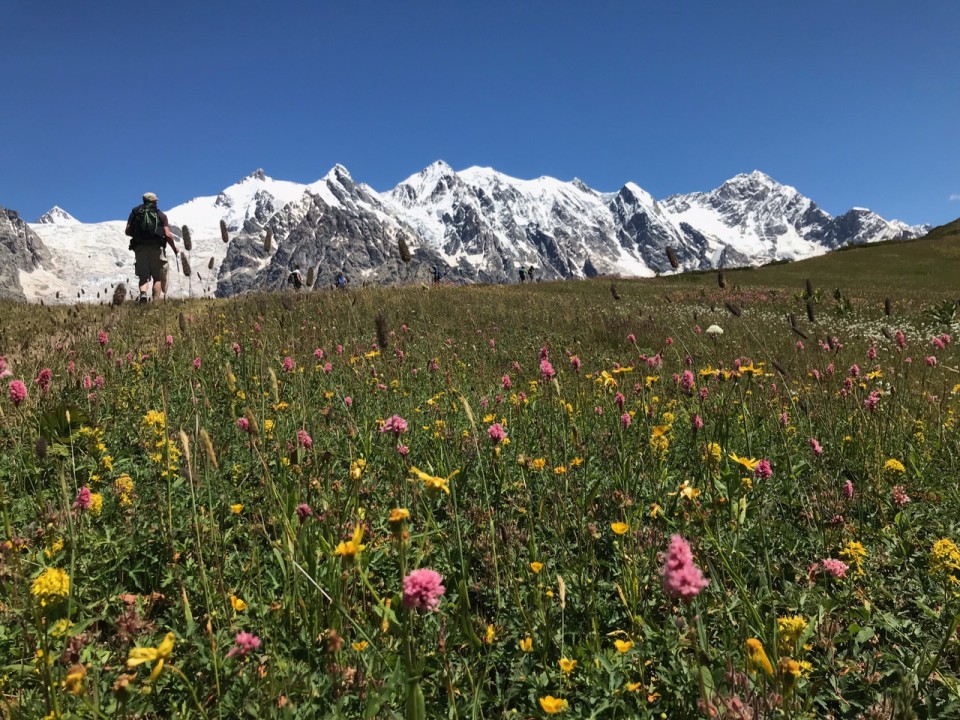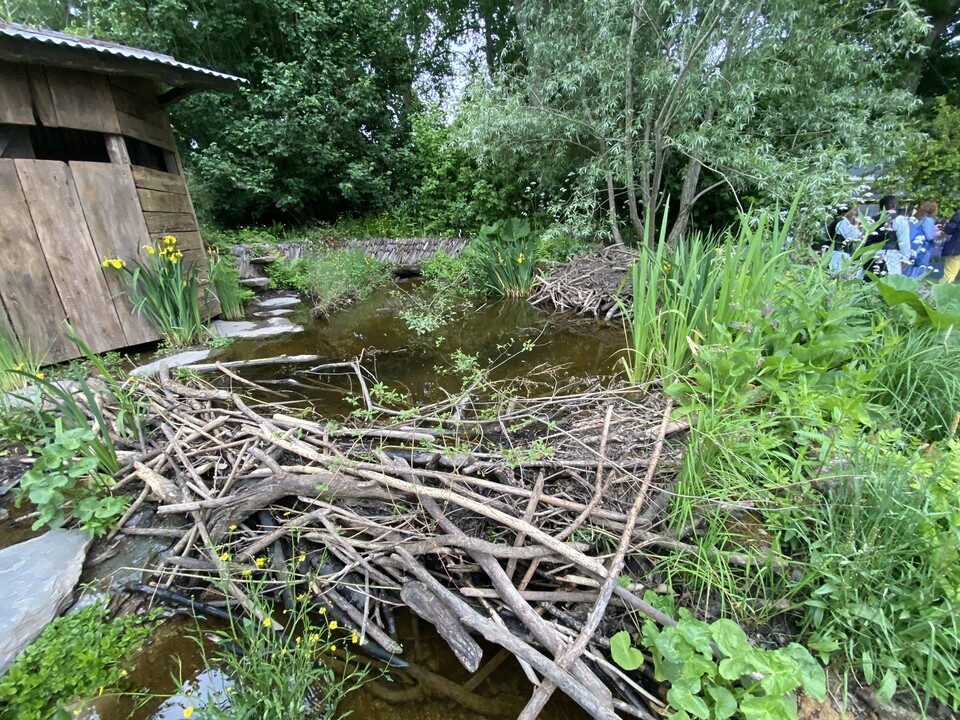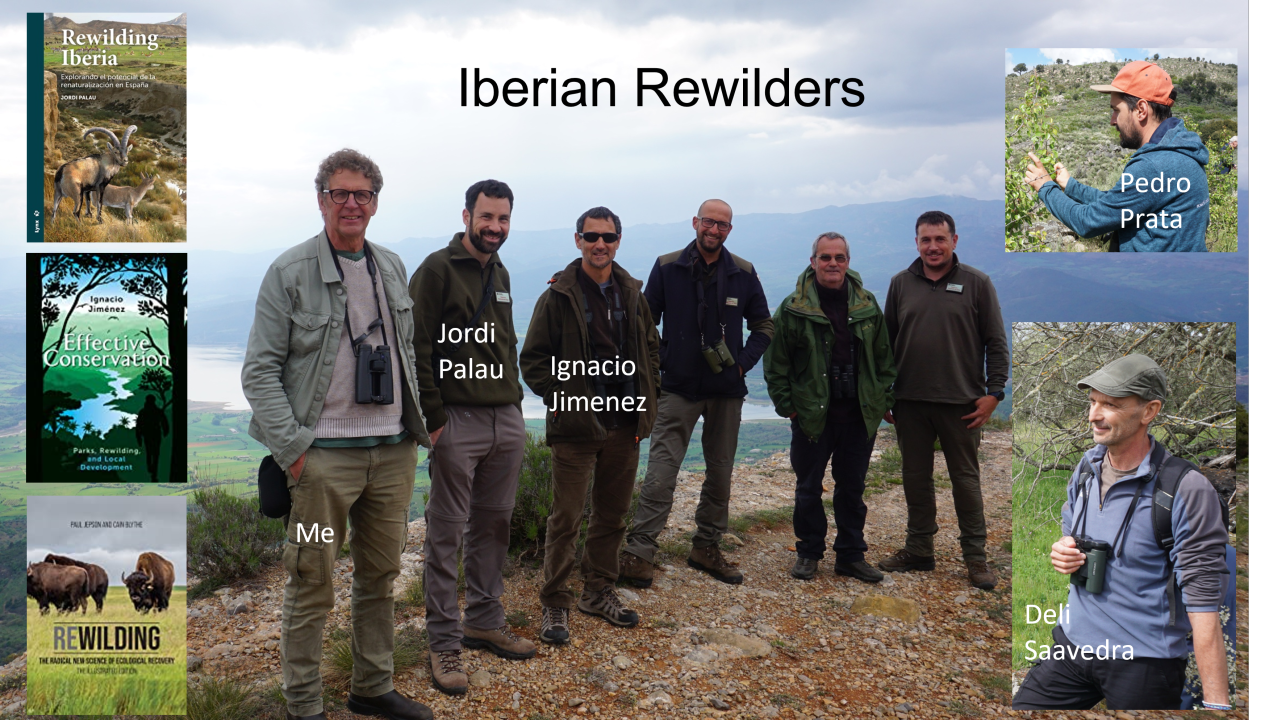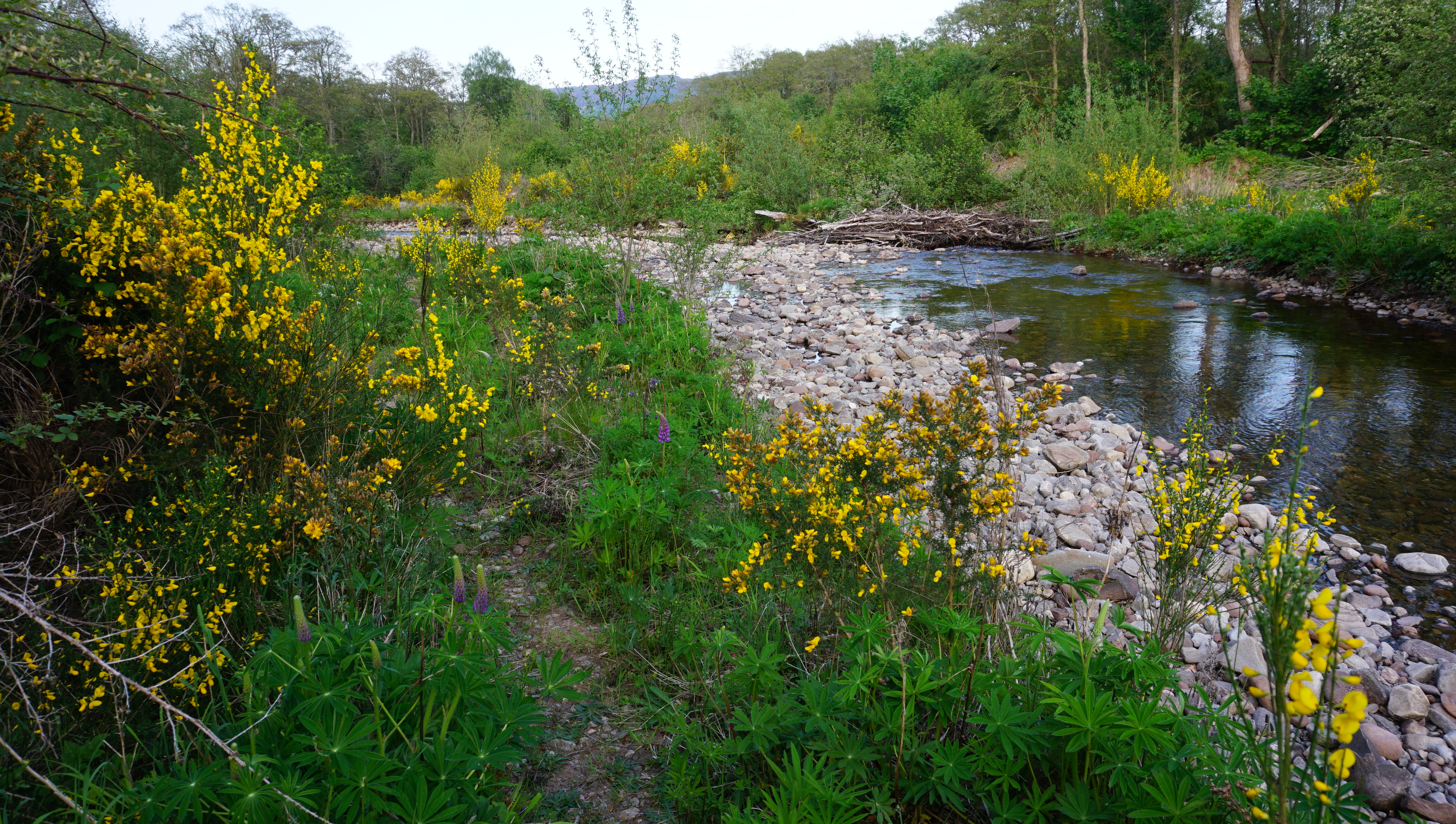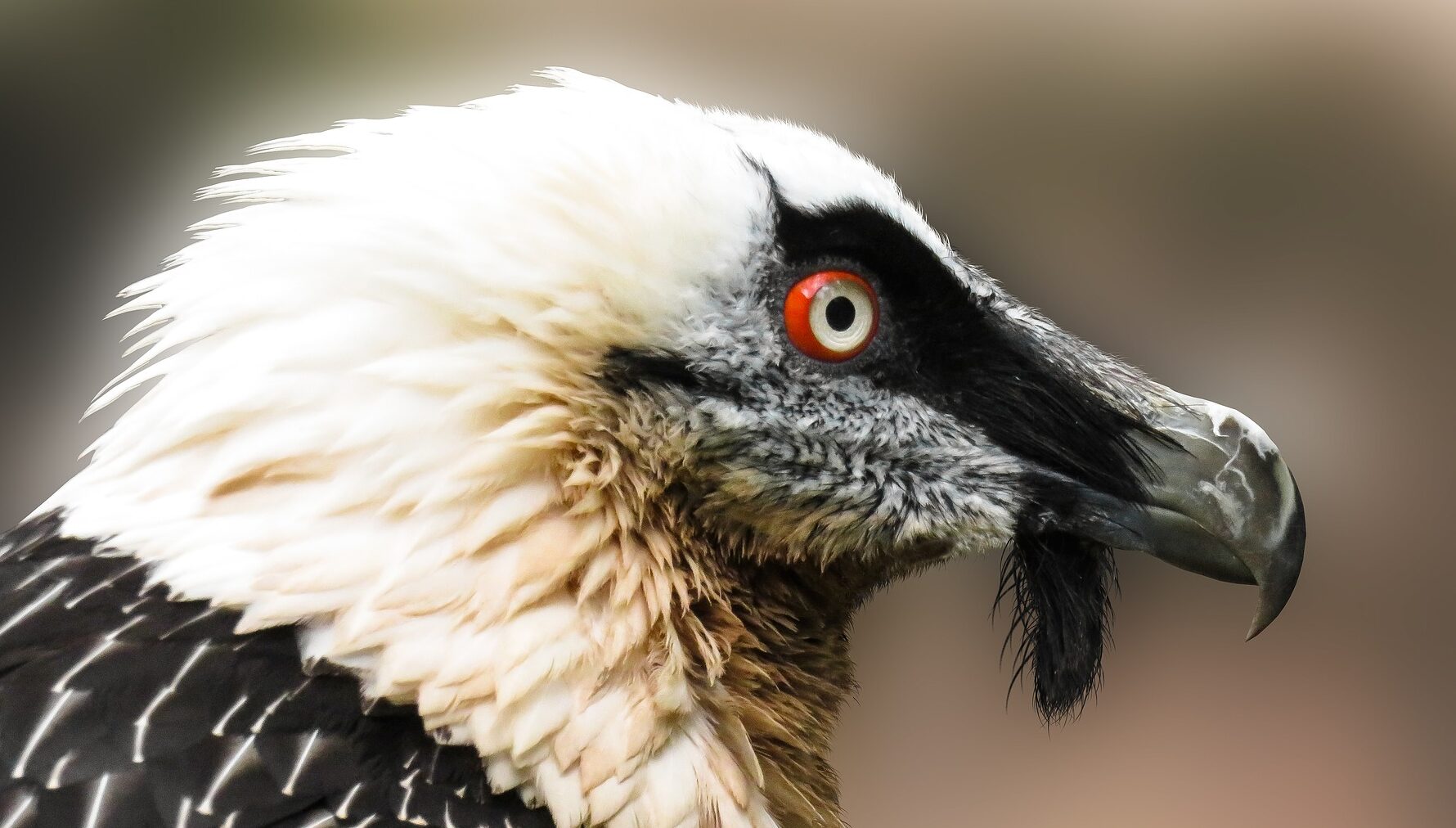Originally posted on May 16, 2014 to The Freshwater Blog
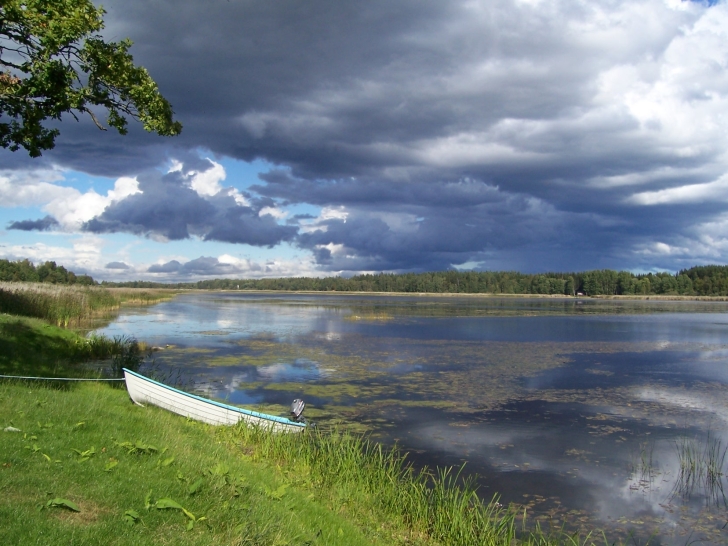
A beautiful photograph of Lake Vendel, Sweden by BioFresh scientist Sonia Stendera
In the coming weeks, this blog will transition to the new Freshwater Blog run by the MARS project. To mark this transition, Paul Jepson and Rob St. John discussed the process of running the BioFresh blog, broadly asking: ‘what is the value of running a science blog?‘.
Paul is the head of the Biodiversity, Conservation and Management MSc course at Oxford University and the leader of the Communication and Dissemination work package with BioFresh. Rob is an environmental writer, and will run the new Freshwater Blog. Paul and Rob set up and edited the BioFresh blog in 2010.
This discussion is split into two parts. Part two will be published on Monday.
—
Rob St. John: I think we should open with a broad question: what’s the value of running a science blog like this one?
Paul Jepson: There’s two answers to this. First, the value for the wider science and policy community and our intended audiences; and second, the value for the people running the blog – the editor and author(s).
On the first point, I think that the BioFresh blog shows the potential of science blogs in strengthening and giving profile to epistemic communities – by which I mean the communities of scientists who help decision-makers to define the problems they face and deliver the policy frameworks for which they are responsible. In our case this community was freshwater scientists and policy-makers delivering the EU biodiversity strategy and directives such as the Water Framework Directive.
On the second point, the value for me was developing my understanding of the practicalities of running a blog, from developing editorial guidelines to translating science and policy into short easy to read pieces which integrate with wider social media ecosystems.

Reflections on water in Europe. Image: Europa JRC
RSJ: I guess there’s also a third main value – that of reaching new, interested audiences with science and policy issues that might not otherwise reach them. When thinking about how the blog is run, one common response from academic and policy making colleagues is that the process of blog writing and commenting is too time-consuming to be practical, and has little benefit for the researcher. Do you think this is the case?
PJ: I’d agree with the time-consuming nature of commenting on posts. We do need to formulate comments carefully because we are operating in an environment where precision and evidence are considered a key quality of a scientist’s work, and the fast paced nature of comment threads may seem a world away from this.
However, the writing side is easier for two reasons. One is that it can be fun and relaxing to write about your work in a popular style and I find this can free me up to think about things in fresh ways. Similarly, as leader of the Biodiversity, Conservation and Management MSc course at Oxford University, I have found that science blogs give students an opportunity to gain experience and skills in science communication and public engagement.
[vimeo 19784850 w=728]RSJ: Would you agree that developing skills in communication and engagement is an important outcome for modern conservation courses like BCM?
PJ: Yes I do. There seem to be more and more jobs opening up in think tanks and consultancies, and as science-policy advisors and all of these roles need good public engagement skills. I think the style used for writing and then promoting blog posts via social media (for example, Twitter) helps develop skills many employers are increasingly looking for.
RSJ: One of the main values of the blog is as a node on a network of different people loosely connected with freshwater research, conservation and policy. This network also includes wider interest groups: fishermen, aquarium keepers, wild swimmers and the general public.
The blog becomes a place where all sorts of information can be pulled together and put across in a clear, engaging way. I think ideally, it brings different people together to find out and celebrate the value of freshwaters. Based on what we’ve talked about so far, I’m interested in finding out whether your involvement in the blog has influenced your professional practice in any way?

Paul Jepson and Klement Tockner in discussion
PJ: I’m not sure about that. There’s the idea here of working as a boundary scholar across disciplines, which might sound a bit pretentious, but for me blogs embody the idea that there’s no such thing as lone science anymore. But generally I’m seeing that the ecological sciences are needing to embrace technologies and expertise from other disciplines – information engineering, computer science, linguistics, anthropology, social science and so on.
One of the benefits of the blog is that it fits with the idea that new frontiers for science and policy lie in forms of collaboration and interdisciplinarity: blogs creates a virtual space where different groups can share ideas and get a sense of where each other are coming from to work towards common goals.

Screenshot from ‘Water Lives…’ animation (2012)
RSJ: Let’s talk about the practicalities of putting a blog post together. For example, a blog post explaining and analysing a new journal article will usually take me around one or two working days to research, write, edit and fact check before it can be published. It can be done more quickly, but I’m very aware of making sure every piece is accurate and fact checked before publication.
It’s really a case of making sure you can pull out the important messages from a piece of research and then translating these into forms that your audience will be receptive to. How do you manage that process of finding stories to report, then translating them into blog posts?
PJ: You’re right on the science reporting. I think when you and I were running the blog (between 2010-2012), we had a good system of planning a mix of different types of posts, which required different levels of precision and therefore amounts of time to write. For example, I liked doing the interviews with policy makers and scientists. The one with Anne Teller probably took less than 3 hours in total time to complete. All it took was a couple of emails to get Anne on board, then generating a list of questions, tidying up her replies and formatting the piece for publication.
[vimeo 54383444 w=728]Video interviews are also very quick to do (for example the one with Helen Roy reporting the publication of the CEH report on citizen science). Again, it’s just a matter of generating a few good questions, and then chatting these through for 10 mins and recording a short Skype video, and then maybe 45 minutes editing the video and writing the accompanying text. The production values of these videos are a bit DIY, but they get the ideas across concisely and engagingly without needing a huge amount of resources.
RSJ: That’s a related question: do you need a lot of resources to put together multimedia material for a science blog?
PJ: No, this is the beauty of computing as a utility. I think all we used was WordPress platform, Skype and some paid add ons for each.
RSJ: So it’s possible to create a range of interesting multimedia with a basic set of computer resources that most academics, students or policy makers will already have available to them such as webcams, coupled with cheap and free software and platforms like WordPress (for creating blogs), Audacity (for editing audio) and Soundcloud (for uploading it), iMovie (for editing video) and Vimeo and YouTube (for uploading it).
[vimeo 36863720 w=728]In addition to the daily and weekly features and interviews, we put together a few more ambitious projects with high production values such as Water Lives… animation, the BioFresh animation and the Final Symposium video and podcast. What’s the value of more ambitious, often interdisciplinary projects like these?
PJ: A collaborative project such as ‘Water Lives…’ got us and the blog featured on other big blogs such as National Geographic and their social media feeds. Basically, they provided an opportunity to increase reach and readership beyond our ‘normal’ audience networks. I think Will Bibby (blog writer 2012-13) saw another potential, in that these video projects can be re-used over and again in the context of the numerous online events such as World Water Day.
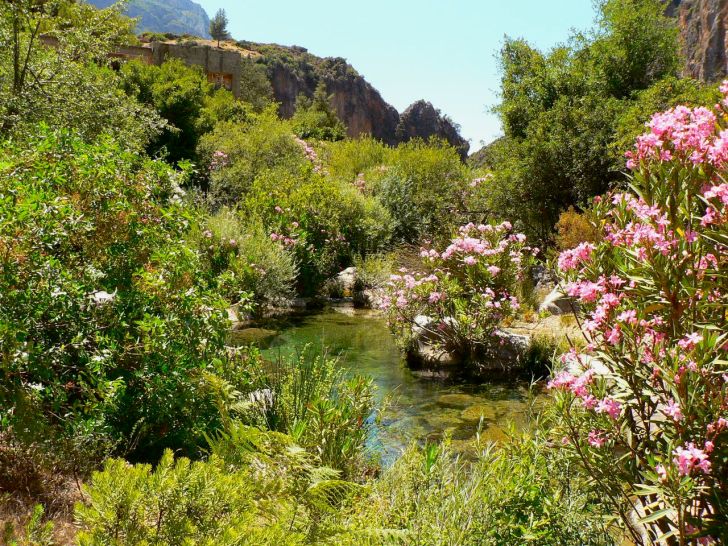
Scientists make excellent photographers! A river in the Rif region (Morocco) by BioFresh scientist Núria Bonada
RSJ: So these more ambitious science communication video projects related to the blog have two important features. First, they have the ability to travel and be picked up by media and audiences that we wouldn’t otherwise reach; and second, they have a longer lifespan and remain relevant and can be used for a variety of other communication initiatives (not least in teaching, conferences, workshops etc) as well as online.
I’d add a third key value, in their creative potential for everyone involved: scientists and policy makers alongside artists and writers. This loops back to what you said at the start of this interview about the blog as a place where people can find fresh expressions of their work outside of the limits of academic writing and presentations. They give an opportunity for everyone to engage with the same material – microscopic diatoms, in the case of ‘Water Lives…’ – in new, creative ways. In terms of engaging audiences with science, I can only see this as a positive thing.
PJ: This chimes with our ongoing discussions about the role of artistic engagements in the generation of novel approaches to research and action in conservation – or any field of academic and policy endeavour (see for example, our artist statements for the Water Lives… project)
—
Part Two will be published on Monday, reflecting on what happens when a blog post is published, how to facilitate and moderate debate, and thinking about new developments in science communication.

